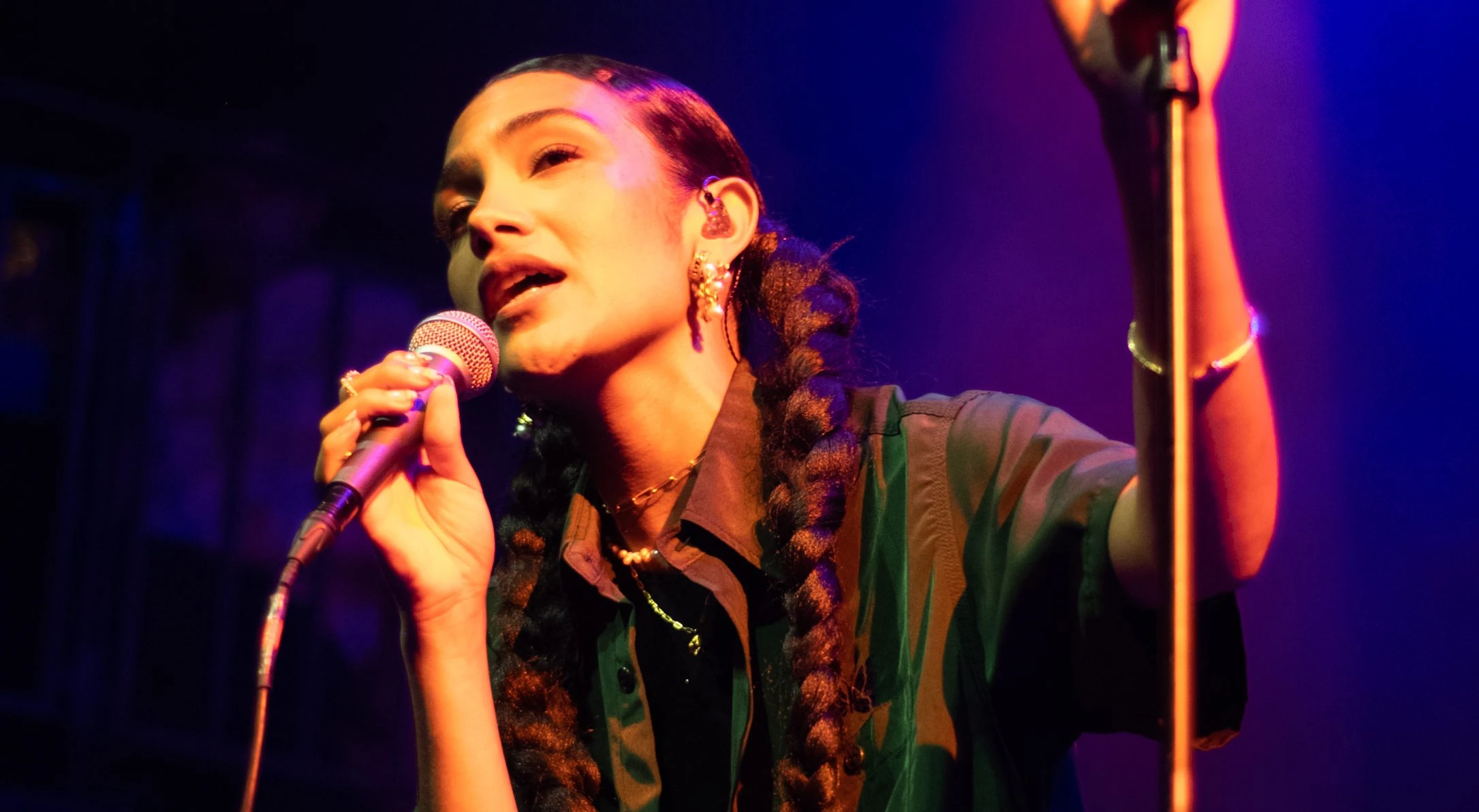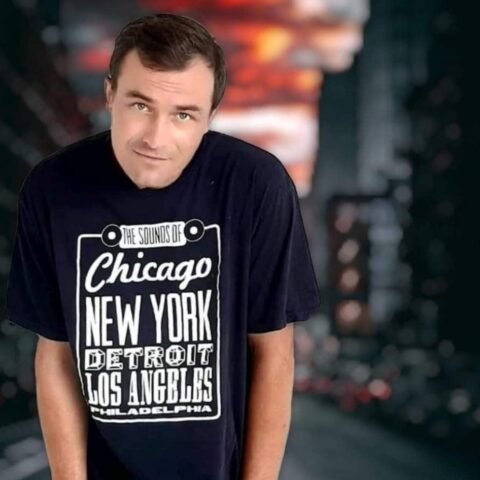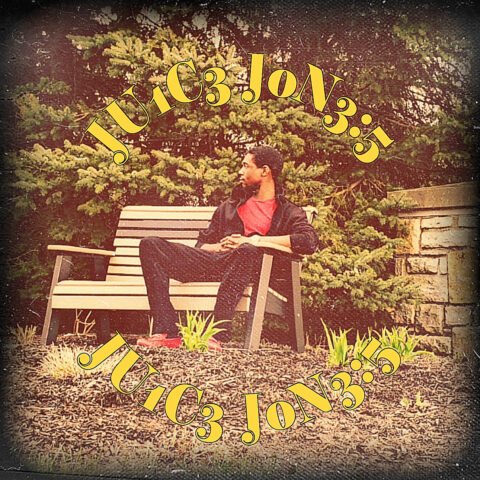There’s a bittersweetness for fans as they sit down for the final season of Netflix’s “Never Have I Ever,” they say. Watching now-high-school-senior Devi Vishwakumar’s messy, boy-crazy antics play out one last time, they’re savoring every moment of what they feel is the first true South Indian American story told on TV.
“It’s because of its specificity that it was groundbreaking,” said Snigdha Sur, editor-in-chief of South Asian American publication The Juggernaut. “It’s not just about an Indian American family; it’s specifically about a Tamil American family in California’s suburbs where there’s a breadwinning mother and a father that has passed away.”
They’re preparing to send off not only a beloved main character — but also a watershed piece of media that they hope changed the appetite for and prevalence of stories like it, they said. In a post-“Never Have I Ever” world, some wonder: How long will they have to wait for something like it to fill the void?
For those who share Devi’s Tamil American identity, the show was an especially significant first.
Created by Mindy Kaling, “Never Have I Ever” follows a multigenerational family of Tamil women in Southern California. Devi, played by Maitreyi Ramakrishnan, navigates high school friendships, crushes, spirituality and the recent death of her father. In season four, she prepares to graduate and leave all she knows behind.
The show explores the parallel experiences of her mom (Poorna Jagannathan), grandmother (Ranjita Chakravarty) and cousin (Richa Moorjani).
A comedy whose premise was rooted in grief and teenage cultural panic, “Never Have I Ever” knew what it was from the beginning, Sur said.
Capturing the Tamil American experience
While previous shows and movies with Indian characters might have used a mix of traits and languages from the North and South, characters in this one used decidedly Tamil phrases, with Devi’s mom fondly referring to her as “kanna,” a Tamil term of endearment, and her grandmother promising to make medu vada, a popular South Indian breakfast food.
It’s always been a show that refused to explain itself, Sur said.
“It’s unabashed in its inside jokes,” she said. “It’s not afraid to say a statement in Tamil; there’s Tamil words being thrown out all the time. … And we’re not going to translate this word for you.”
It made it easy for Tamil American families to sit together and watch it, taking in its similarities to their lives with its multigenerational cast of women. Sherene Joseph, 45, is a Tamil American mom of two who lives in the suburbs of Dallas. She started watching the show with her kids when her daughter was a freshman in high school.
“Being a girl from Chennai myself, I’m always interested when I see Tamilians on the screen,” she said. “It really resonated because it was the first time that we were seeing representation of Tamilians on a TV show in the United States. Every time you see Indian representation, it’s very stereotypical. … India is not just butter chicken and naan.”
Joseph said when her family watched the first episode together three years ago, seeing her culture — not just as a Tamilian, but as a mom to a first-generation family — drew her in.
Karthick Ramakrishnan, founder and co-director of AAPI Data and the father of two boys, found uncanny similarities between the Vishwakumars and his own family. They too are Tamils living in the suburbs of Southern California, with a similar religious and language background.







